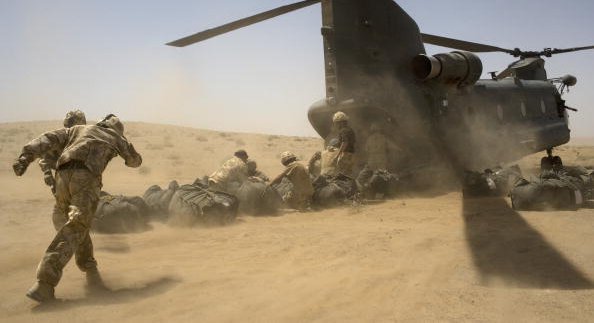After seven years of war, the international community has failed to create the conditions for a sustainable Afghan state. The reality is that the international coalition now has limited resources and a narrow political time frame to create lasting Afghan institutions. Yet building such institutions is our only realistic exit strategy.
The debate in Washington and European capitals has recently centered on how many more troops will be sent to Afghanistan in 2009 as part of a military surge. Such a tactical adjustment is unlikely to make much of a difference in a country where the basic population-to-troops ratio is estimated at approximately 430 people per foreign soldier.
The real question is how combat troops should be used. The two choices we face are whether to continue playing offense by going after the Taliban, especially in the south and the east, and spreading troops thin; or whether to adopt a new strategy focusing on protecting strategic sites, namely, urban centers and key roads, to allow for the development of a strong core of Afghan institutions.
Key conclusions:
- Objectives in Afghanistan must be reconciled with the resources available to pursue them.
- The mere presence of foreign soldiers fighting a war in Afghanistan is probably the single most important factor in the resurgence of the Taliban.
- The best way to weaken, and perhaps divide, the armed opposition is to reduce military confrontations.
- The main policy objective should be to leave an Afghan government that is able to survive a U.S. withdrawal.
- Strategy should differentiate three areas and allocate resources accordingly: strategic cities and transportation routes that must be under total Afghan/alliance control; buffers around strategic areas, where NATO and the Afghan Army would focus their struggle against insurgents; and opposition territory, where NATO and Afghan forces would not expend effort or resources.
- Withdrawal will allow the United States to focus on the central security problem in the region: al-Qaeda and the instability in Pakistan.


-1.png)


